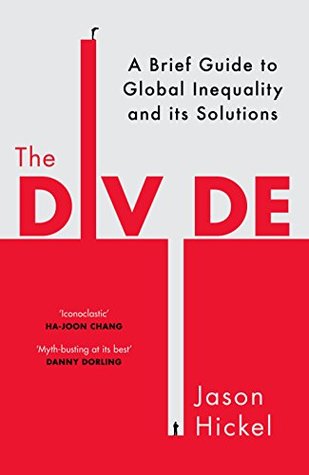More on this book
Community
Kindle Notes & Highlights
by
Jason Hickel
Read between
May 29 - May 31, 2022
Today, some 4.3 billion people – more than 60 per cent of the world’s population – live in debilitating poverty, struggling to survive on less than the equivalent of $5 per day.
The arc of history bends towards justice, Martin Luther King Jr once said. But it won’t bend on its own.
Three trillion dollars in total net outflows per year is twenty-four times more than the annual aid budget. In other words, for every dollar of aid that developing countries receive, they lose $24 in net outflows.
Rich countries aren’t developing poor countries; poor countries are effectively developing rich countries – and they have been since the late 15th century.
The aid paradigm allows rich countries and individuals to pretend to fix with one hand what they destroy with the other, dispensing small bandages at the same time as they inflict deep injuries, and claiming the moral high ground for doing so.
The emergence of the landless working class added a final piece to the great transformation of England’s economy: they became the world’s first mass consumer population, for they depended on markets for even the most basic goods necessary for survival: clothes, food, housing, and so on. It was these three forces – enclosure, mass displacement of peasants and the creation of a consumer market – that provided the internal conditions for the Industrial Revolution. The external conditions, as we have seen, had to do with the colonisation of the Americas and the slave trade.
While India and China watched their share of global GDP diminish, Europeans increased their own share from 20 to 60 per cent during the colonial period. Europe didn’t develop the colonies. The colonies developed Europe.
‘Anyone who thinks that you can have infinite growth on a finite planet is either a madman or an economist.’


